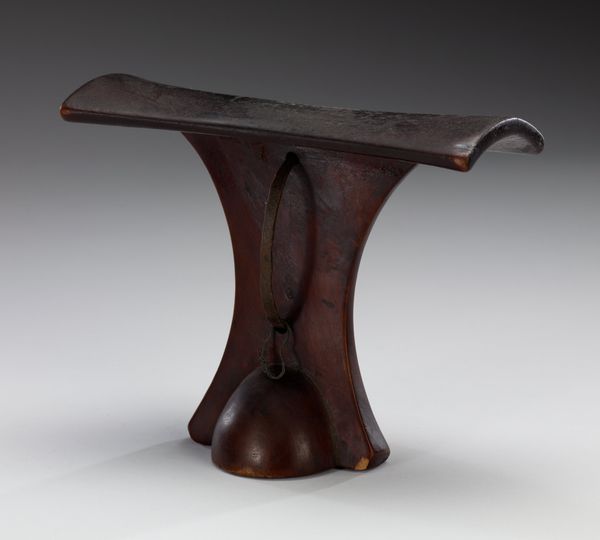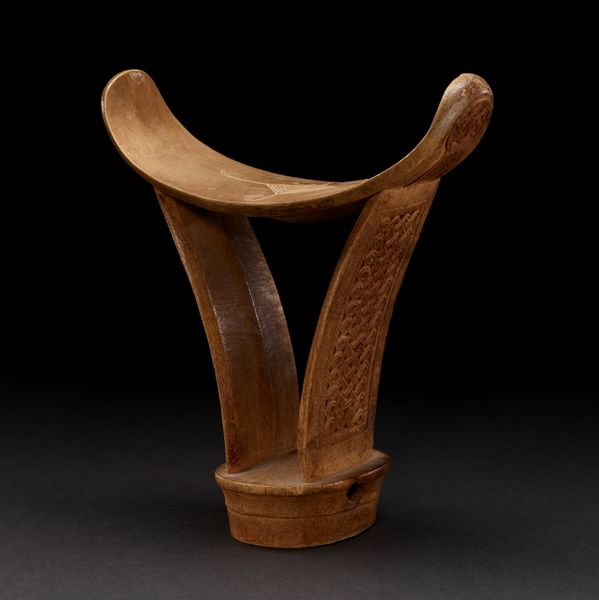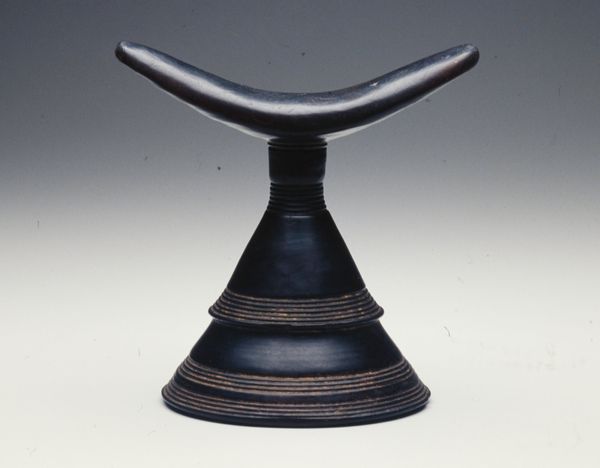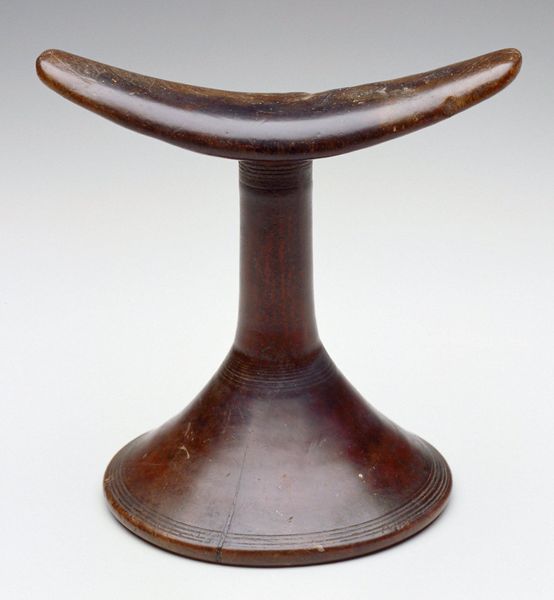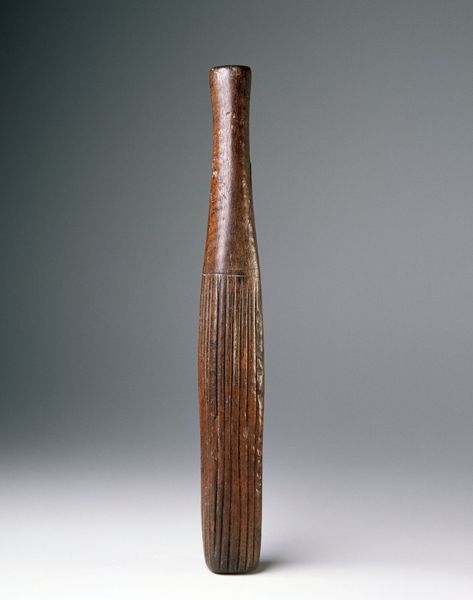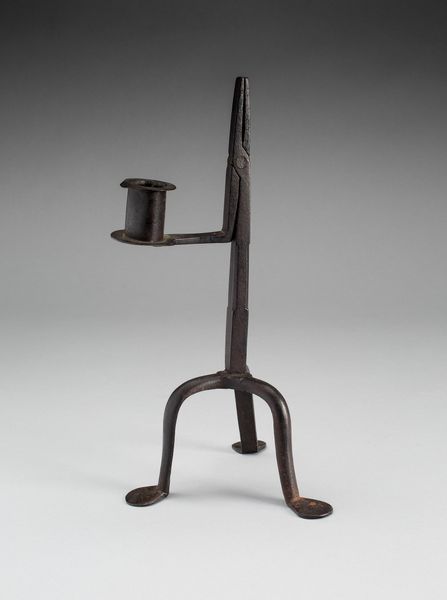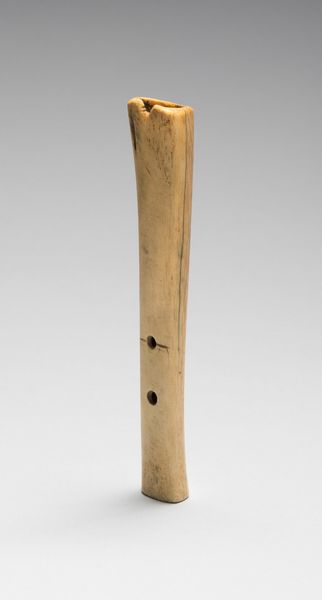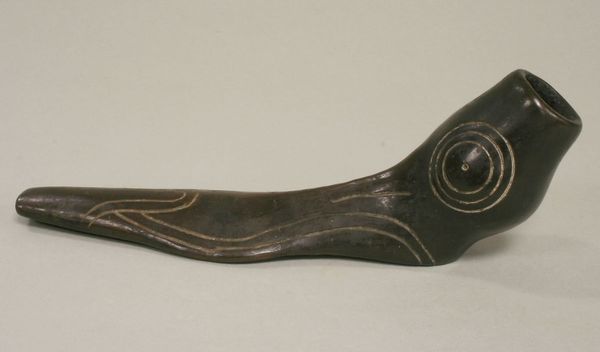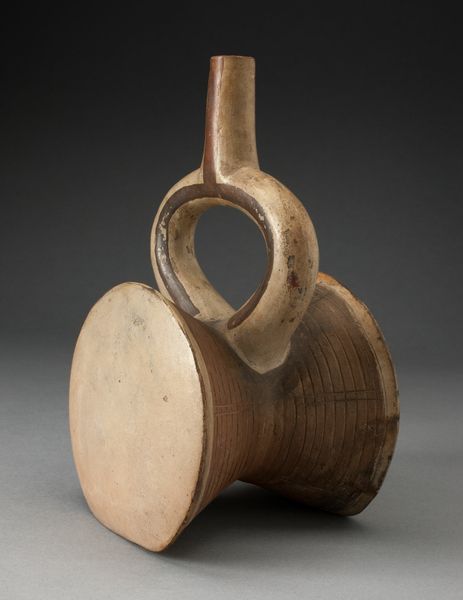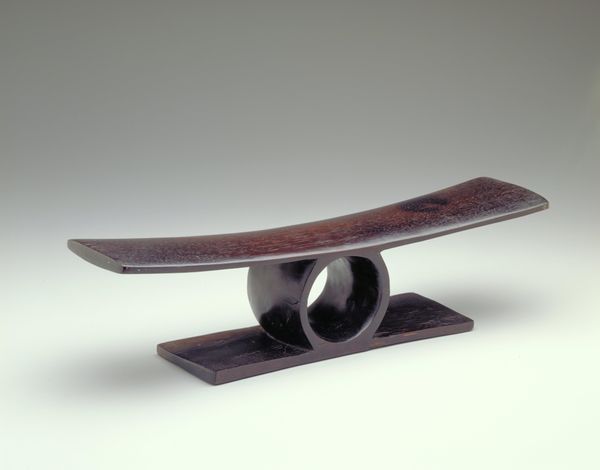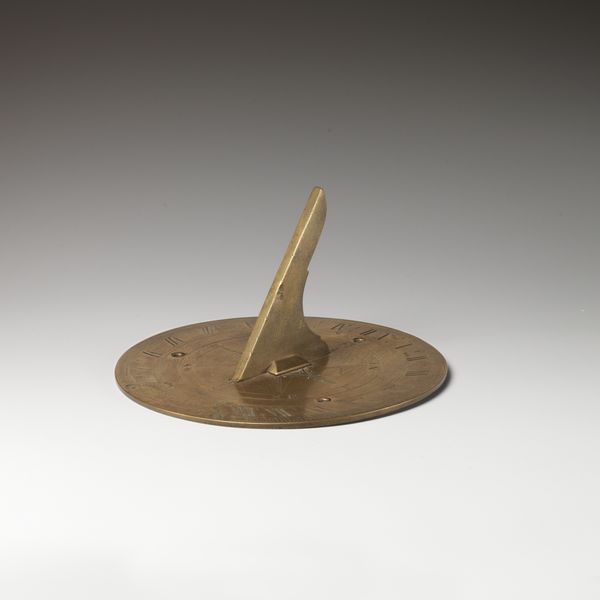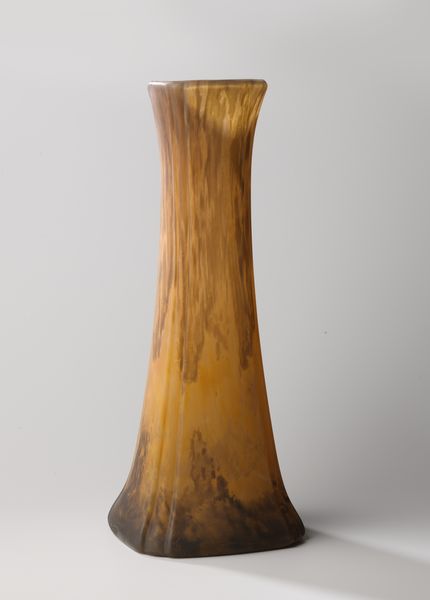
carving, sculpture, wood
#
african-art
#
carving
#
form
#
geometric
#
sculpture
#
wood
Dimensions: 7 1/4 x 7 7/8 x 3 5/8 in. (18.4 x 20.0 x 9.2 cm)
Copyright: Public Domain
Editor: Here we have a Pokot Headrest, a carved wooden sculpture from around the 20th century, residing at the Minneapolis Institute of Art. It's striking, almost architectural in its simplicity, with its geometric forms. What stories can we unlock within this object? Curator: Well, immediately, this speaks to the intricate relationship between the body, culture, and identity. These headrests weren't merely functional; they were deeply personal objects, reflecting the owner’s status, age, and even their spiritual beliefs. Consider the cultural labor embedded in crafting this piece, and the social value placed on आराम — that is, comfort and status— expressed through form. Do you see how its geometric nature reflects broader design sensibilities of its origin? Editor: I see what you mean! I guess I had initially assumed "headrest" meant comfort, but it was about much more than that. Now I'm wondering about the person who made this, what their position was within Pokot society. Curator: Exactly. And we must consider the gendered dynamics as well; were these predominantly made or used by men or women, and what does that tell us about the division of labor and social roles? Look closer at the 'repair' down the center of this example. Can we read it as something other than just a need to fix a flaw? Editor: It’s almost like… a deliberate intervention. The headrest looks so meticulously made, yet the damage disrupts this impression with rawness, a vulnerability even. Like lived experience, physically inscribed on an object. It changes my perspective completely, thinking of the whole history and implications of that decision, making it visible and even a part of its inherent design. Curator: Precisely. This piece encourages us to consider the interplay between utility, artistry, and social meaning, especially within a colonial context where indigenous artistic practices are often overlooked or misinterpreted. Editor: It's amazing how a simple headrest can reveal so much about culture, labor, and identity! Thanks for opening my eyes to a richer interpretation.
Comments
minneapolisinstituteofart about 2 years ago
⋮
When boys are initiated into the Pokot social hierarchy, their headrests are adorned with decorations to commemorate this rite of passage. Headrests in Pokot society, like in many other African cultures, denote one's place in a community by showing status and role. Since the Pokot are nomadic pastoralists who also value elaborate coiffures, they need small, portable headrests to protect their hair. This is one of the few regions where headrests are still used today.
Join the conversation
Join millions of artists and users on Artera today and experience the ultimate creative platform.
